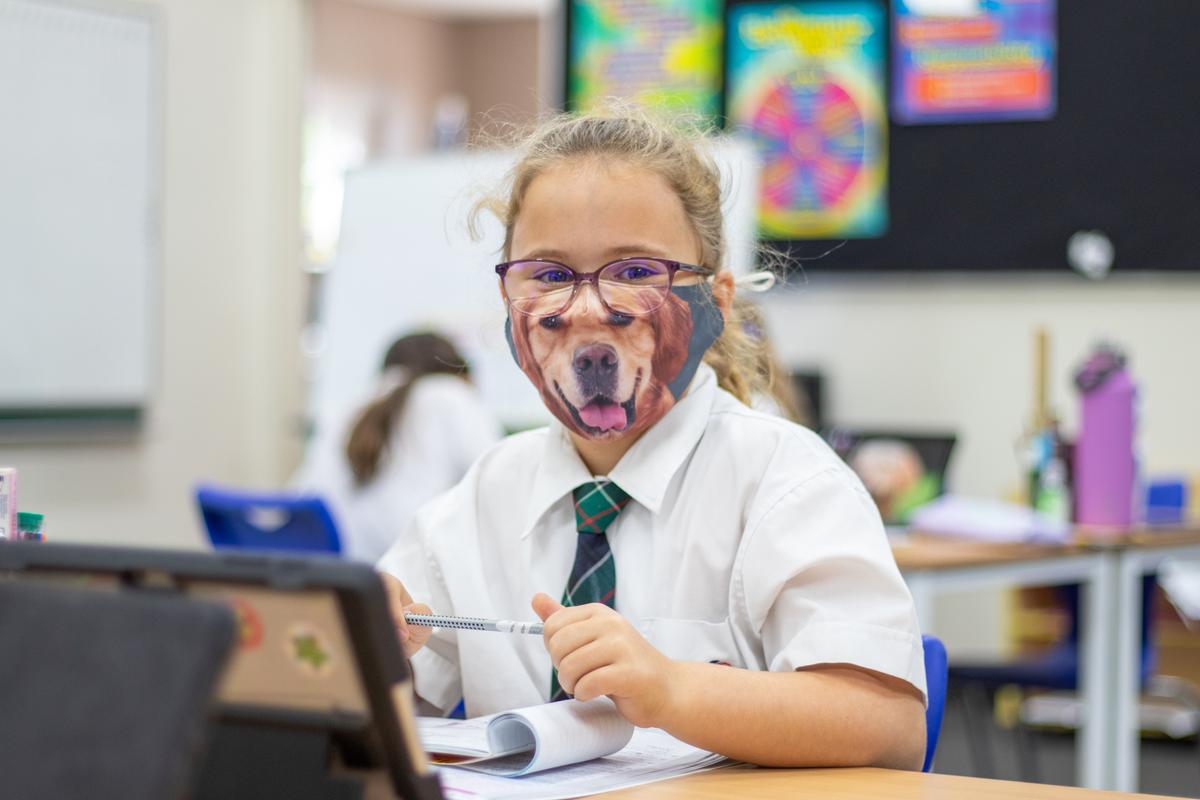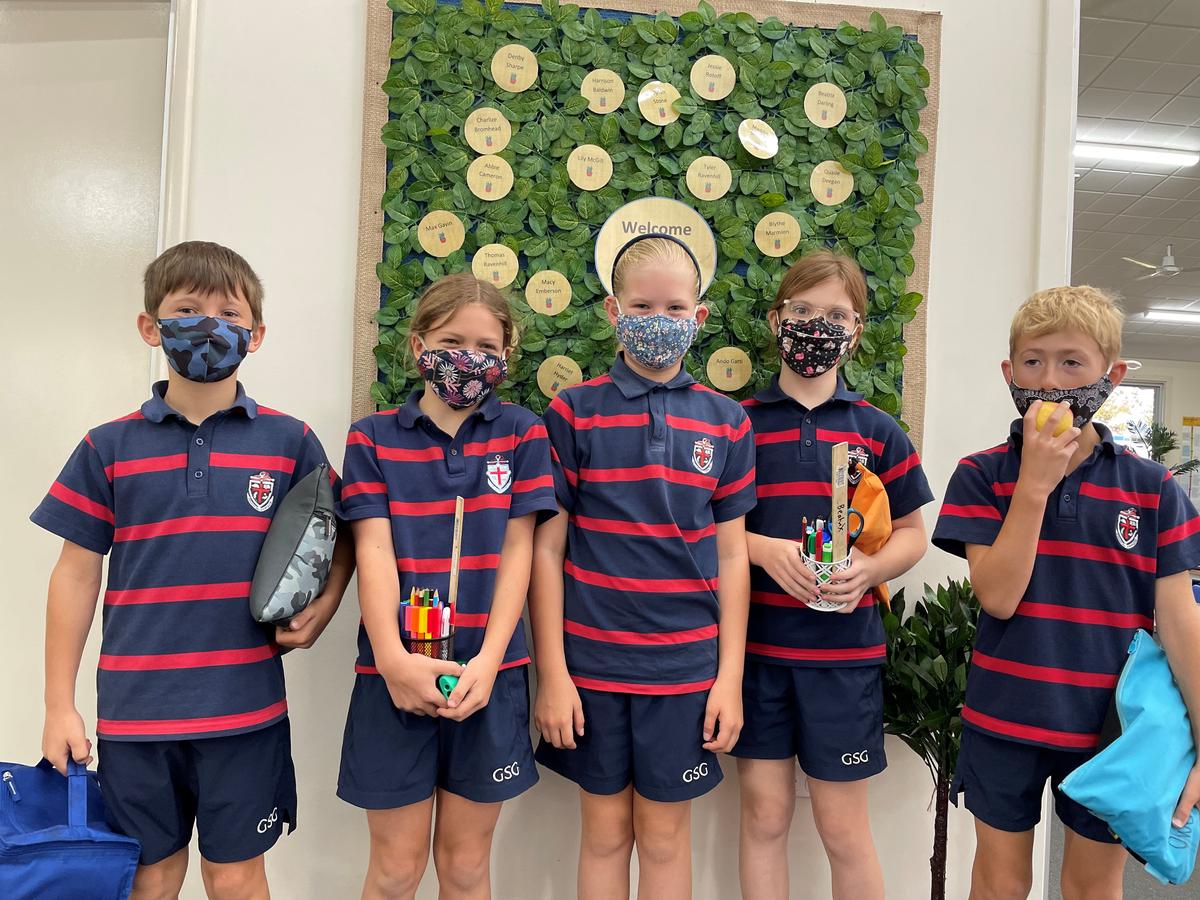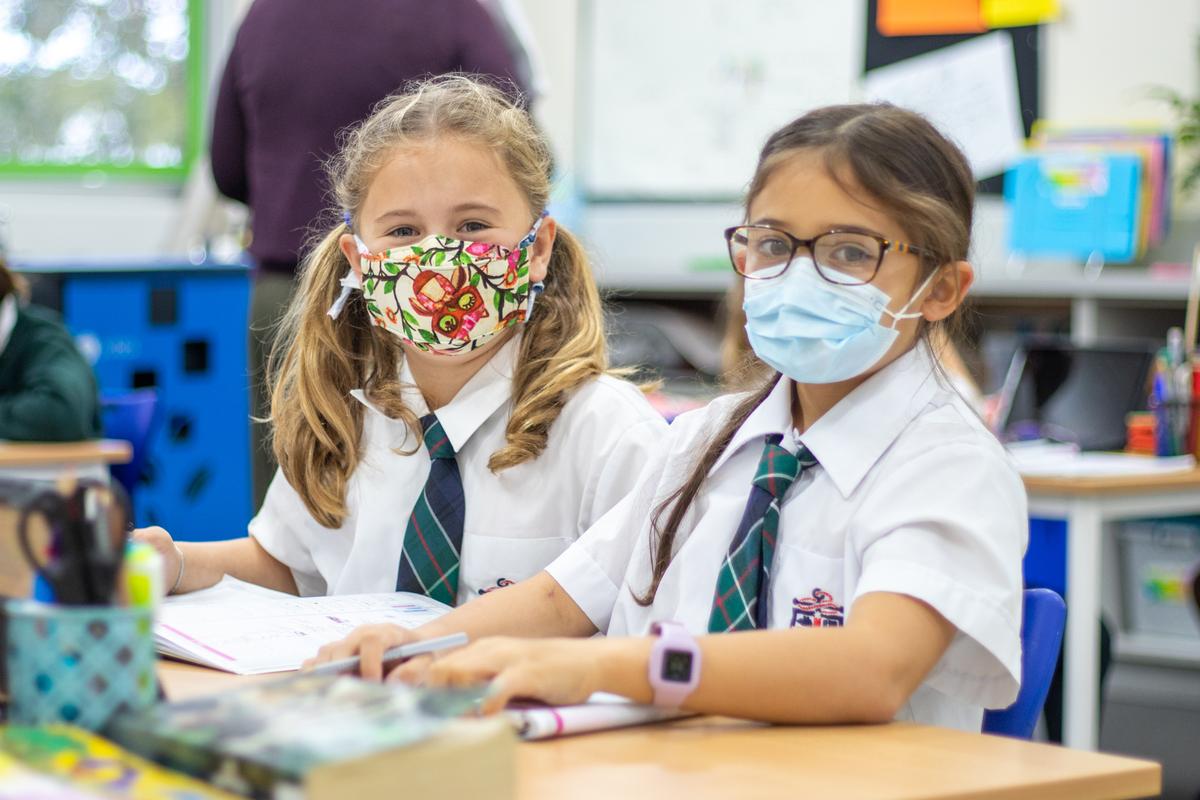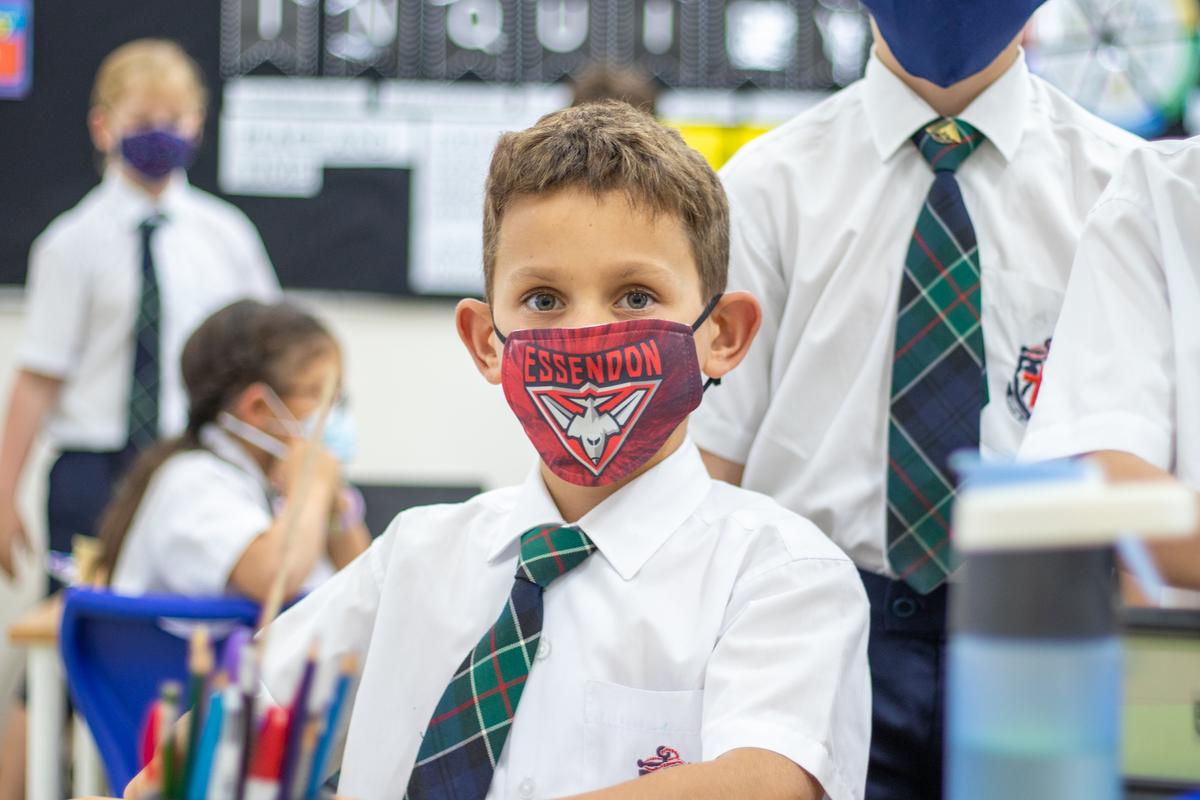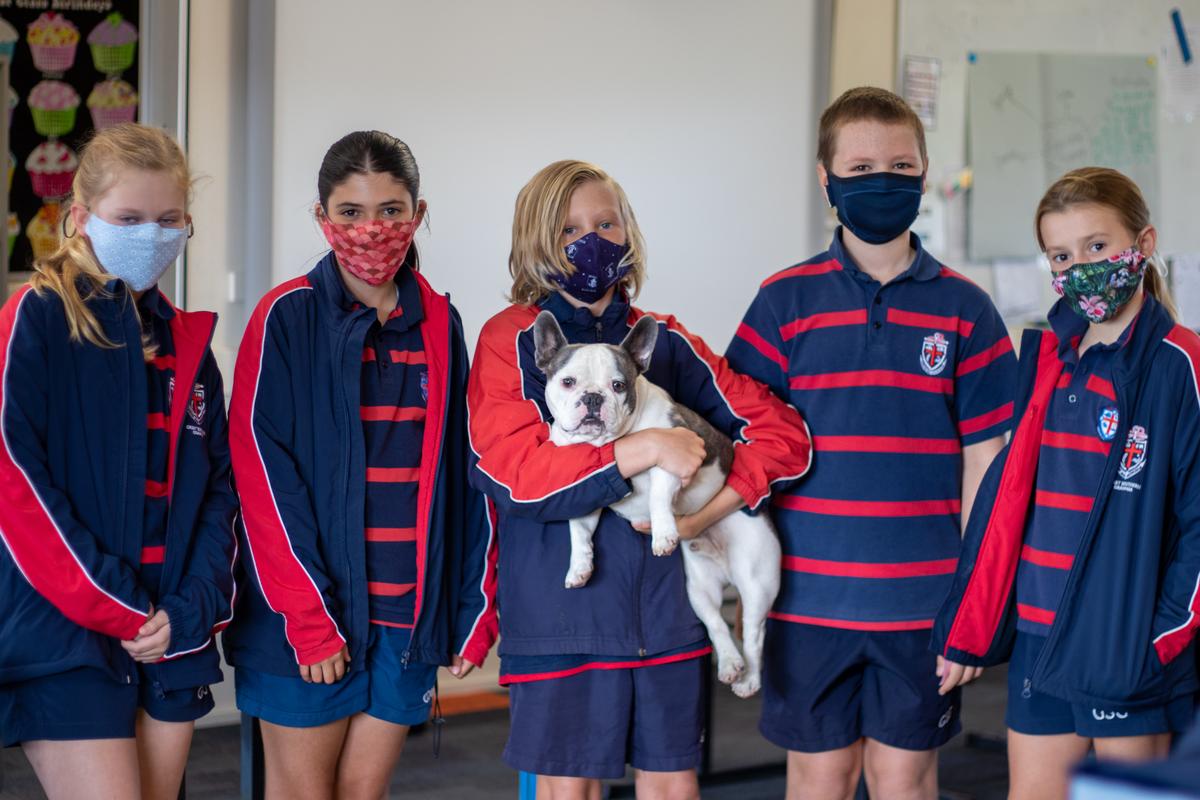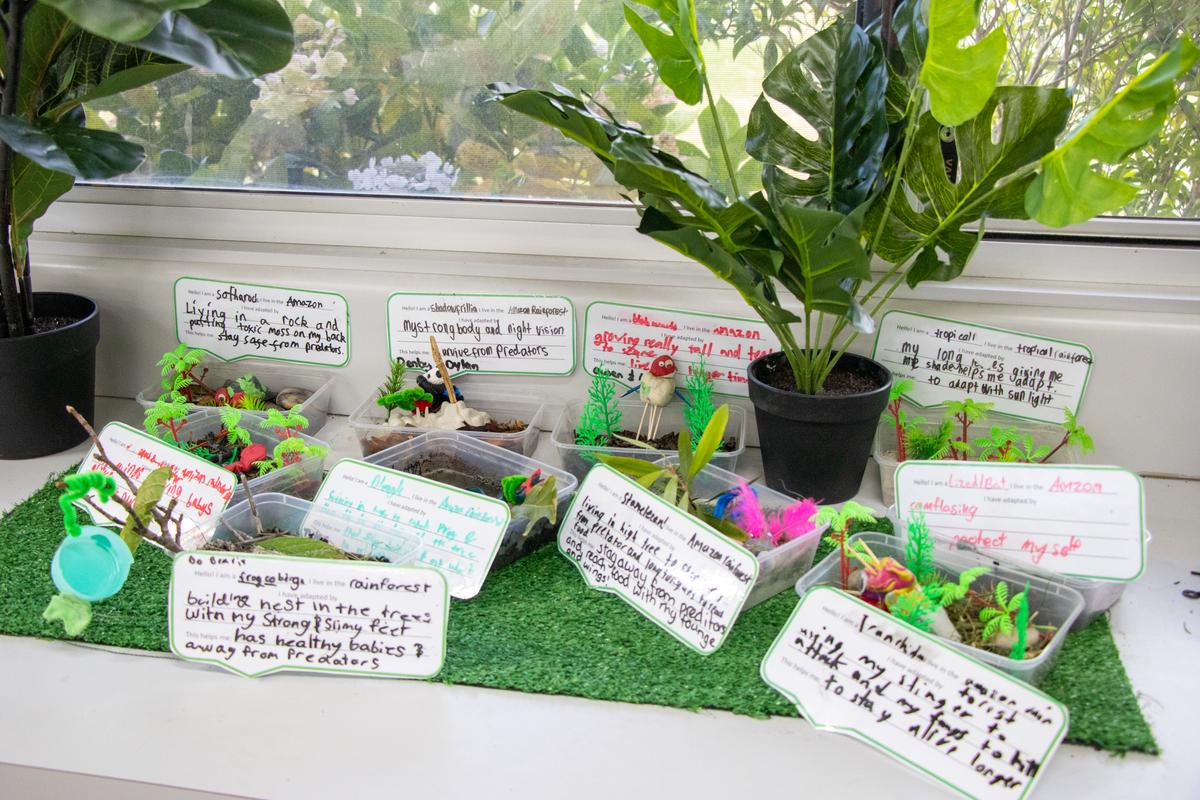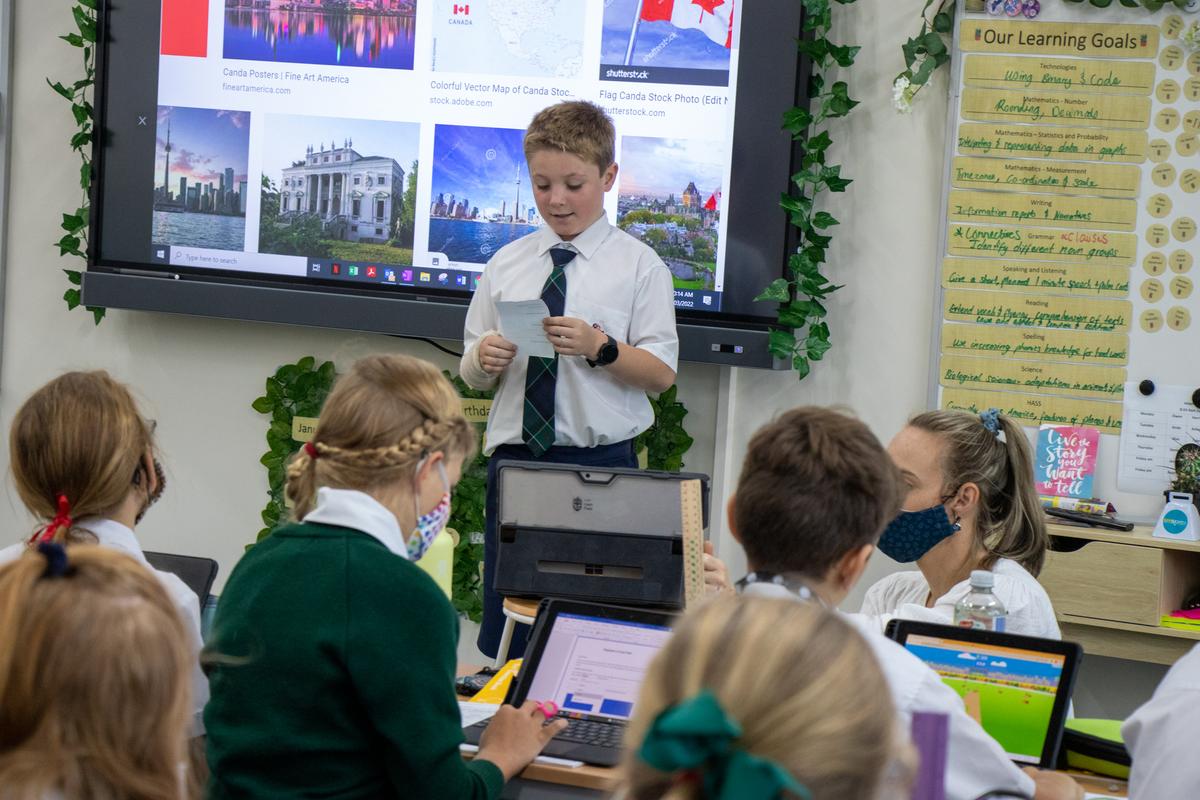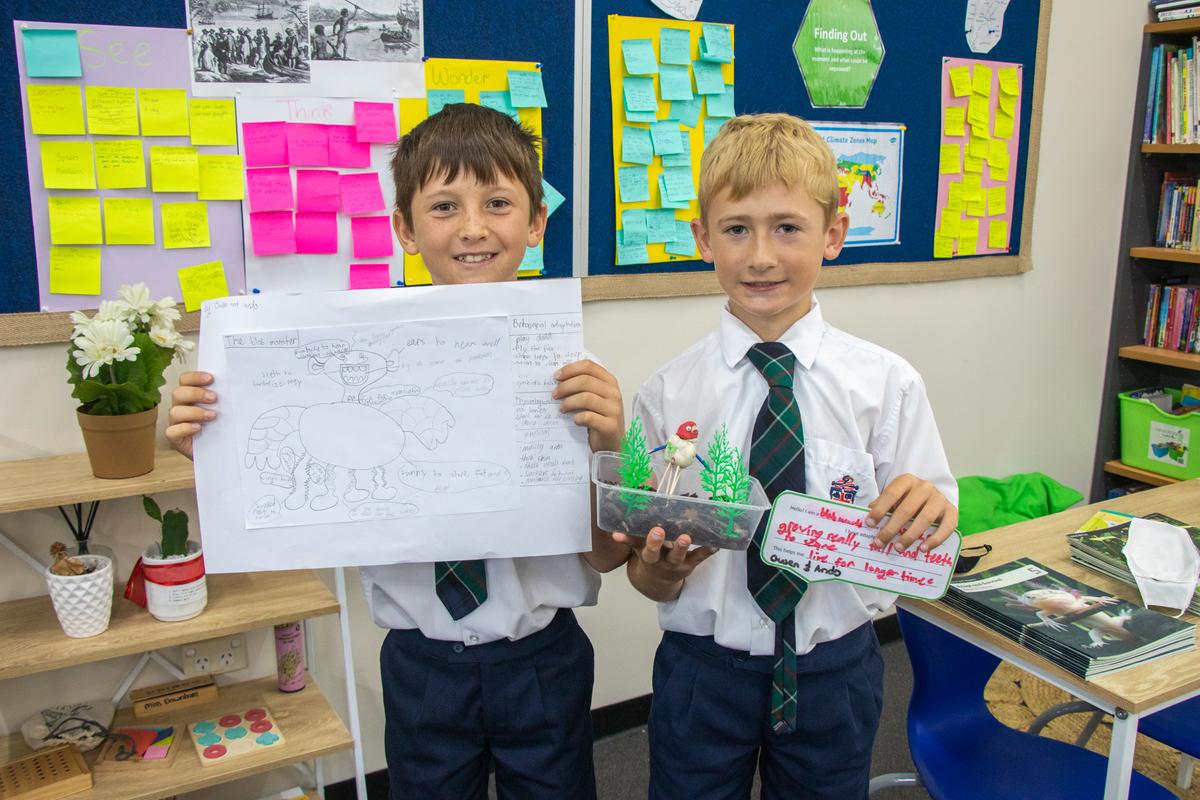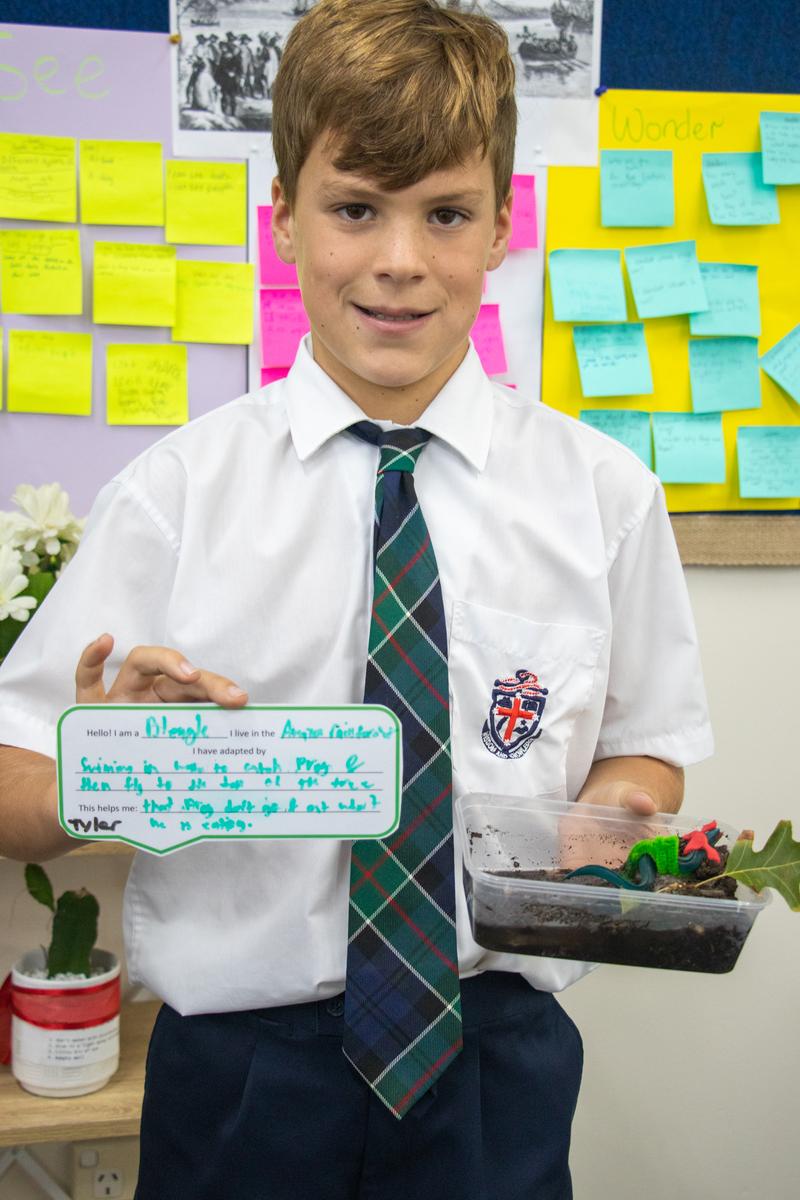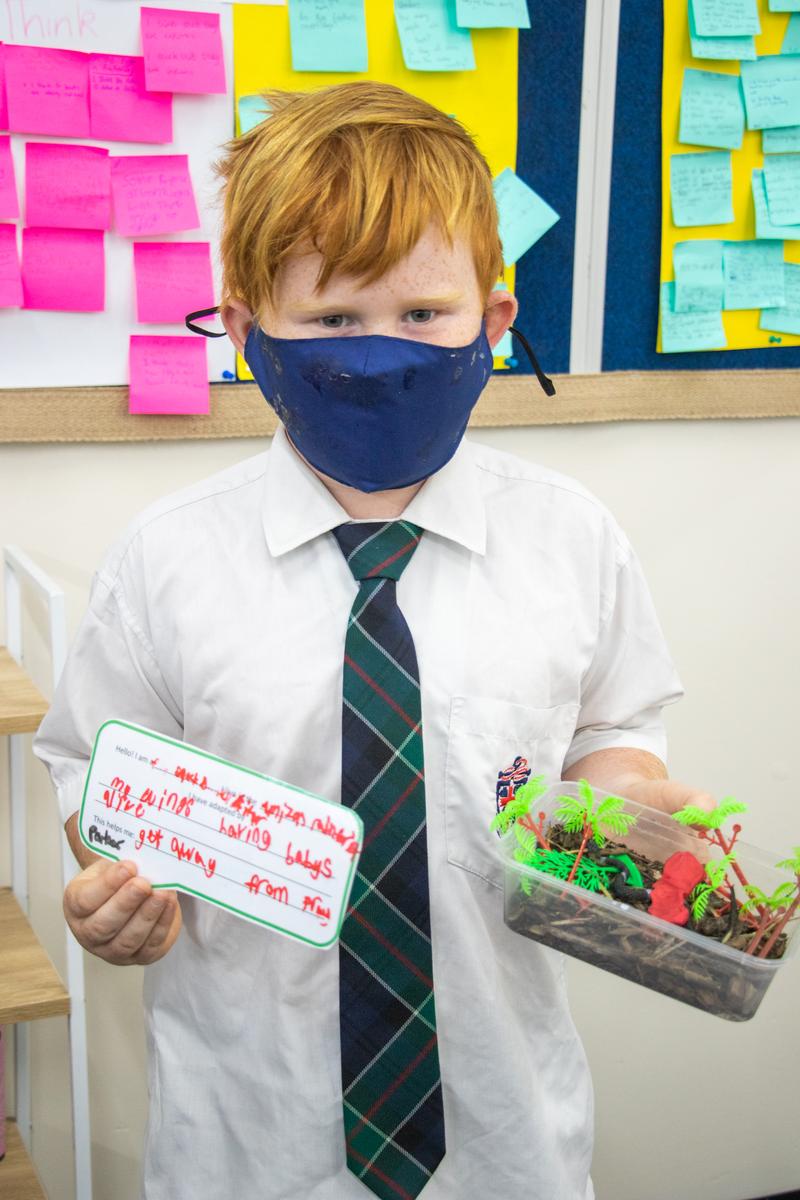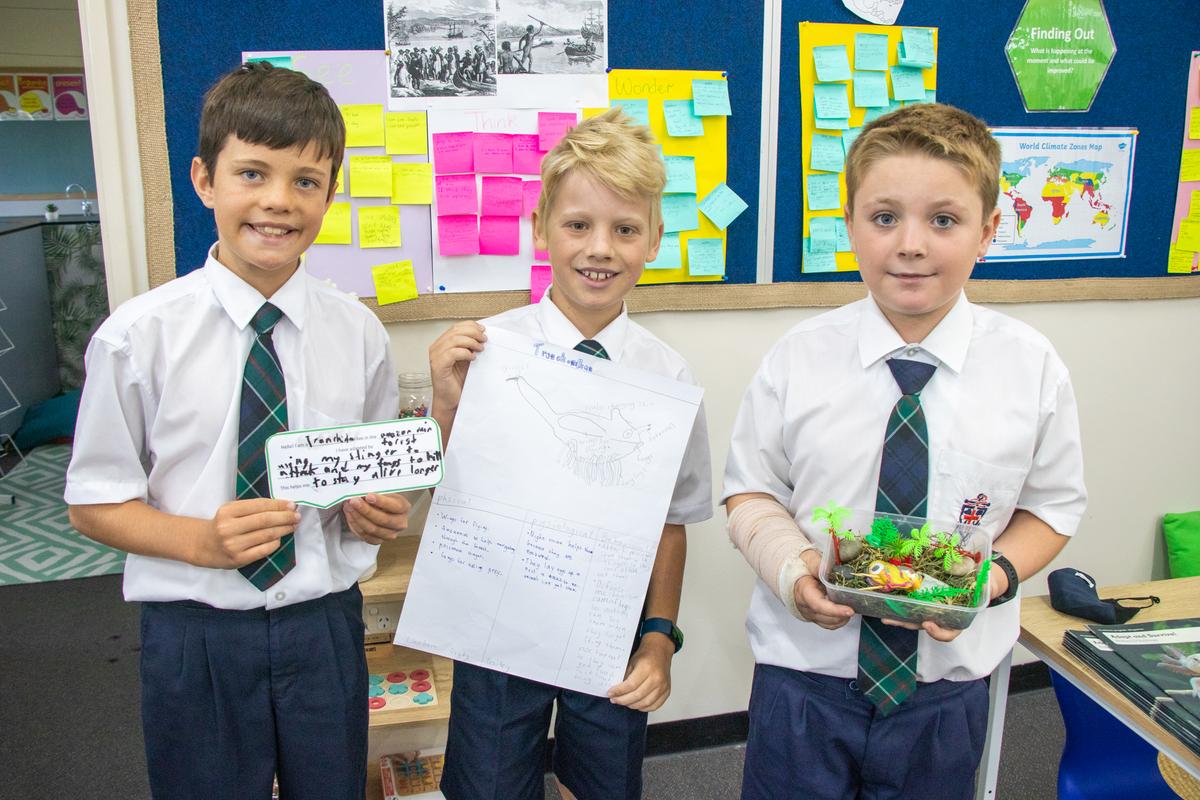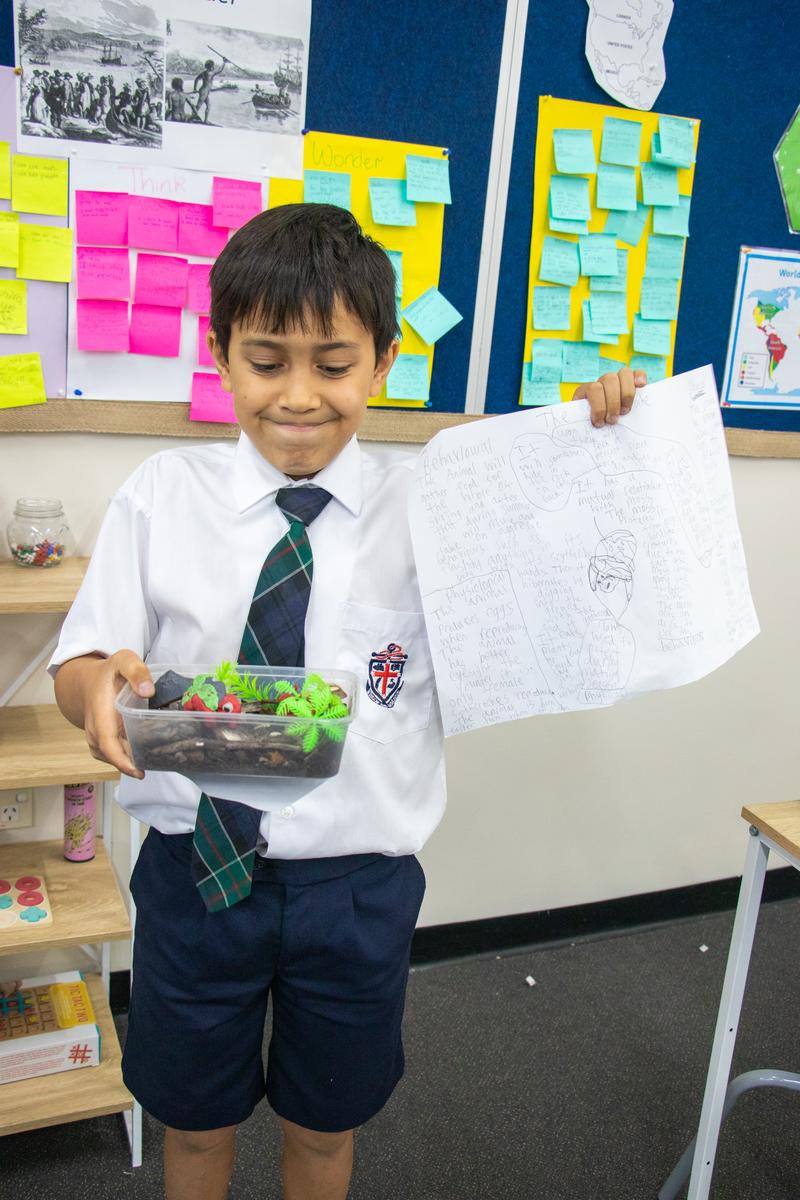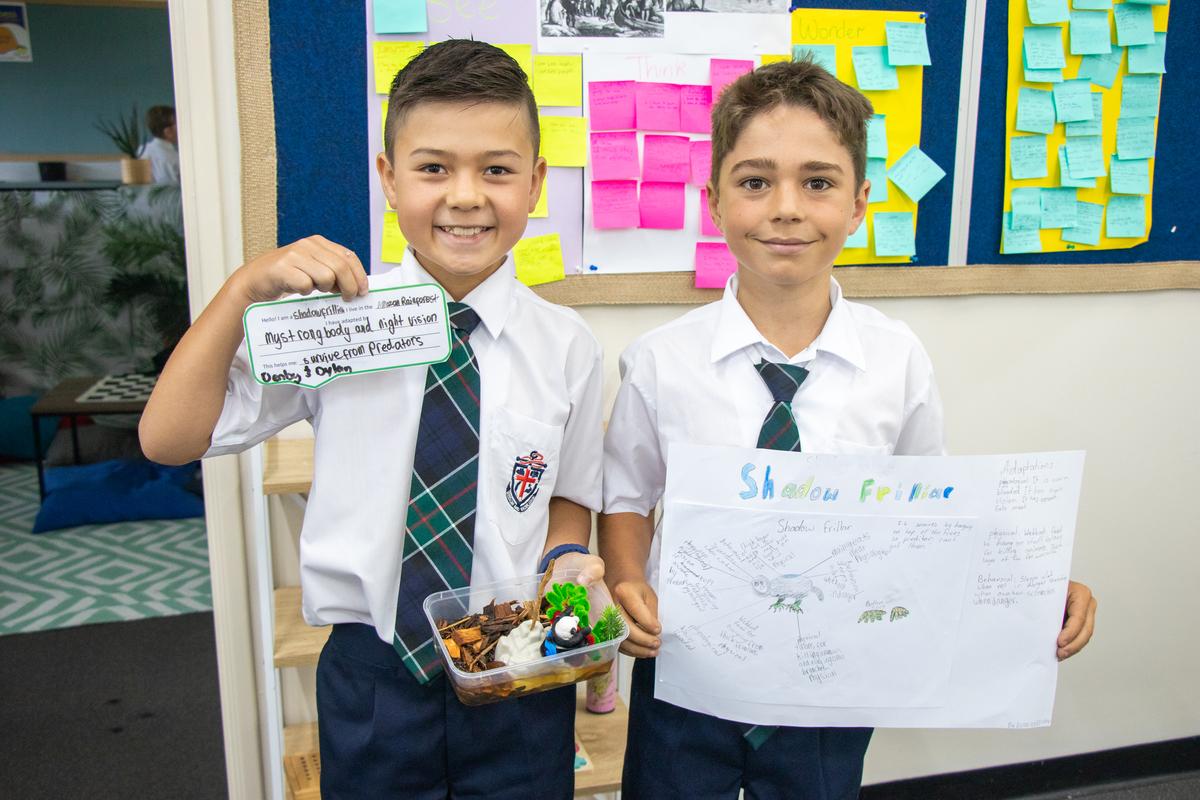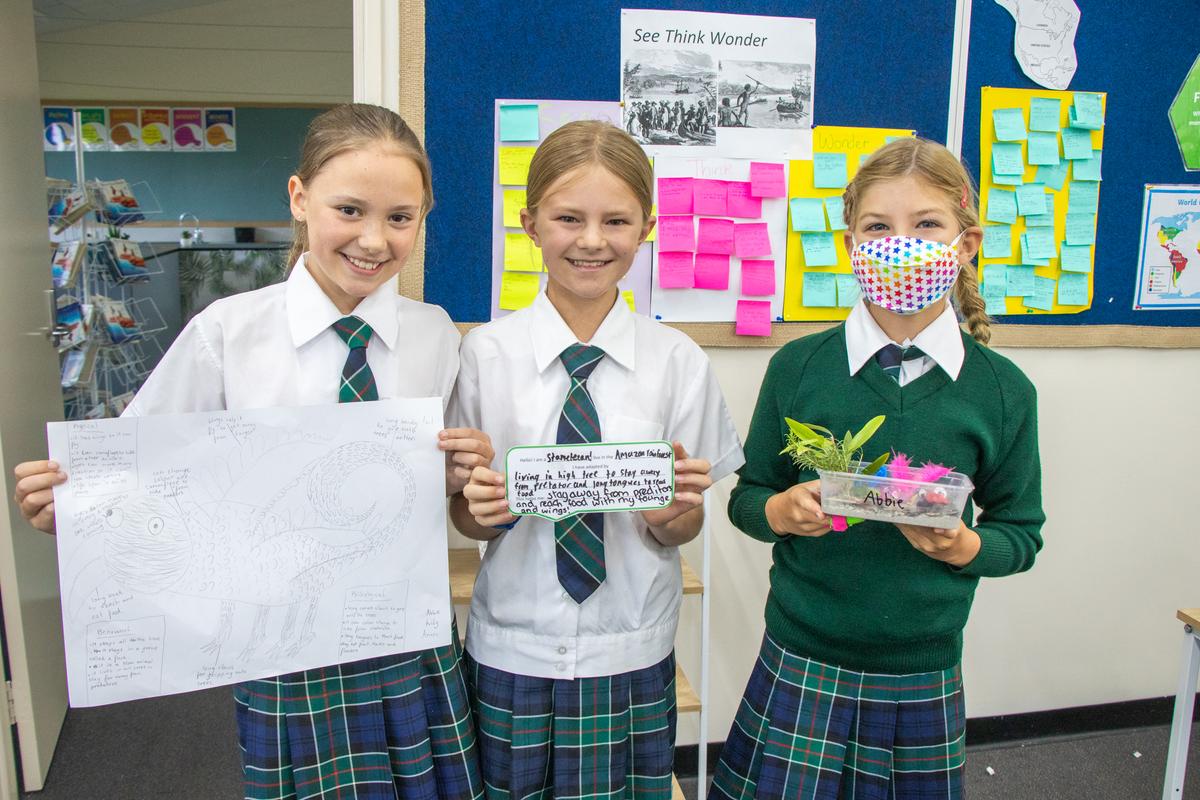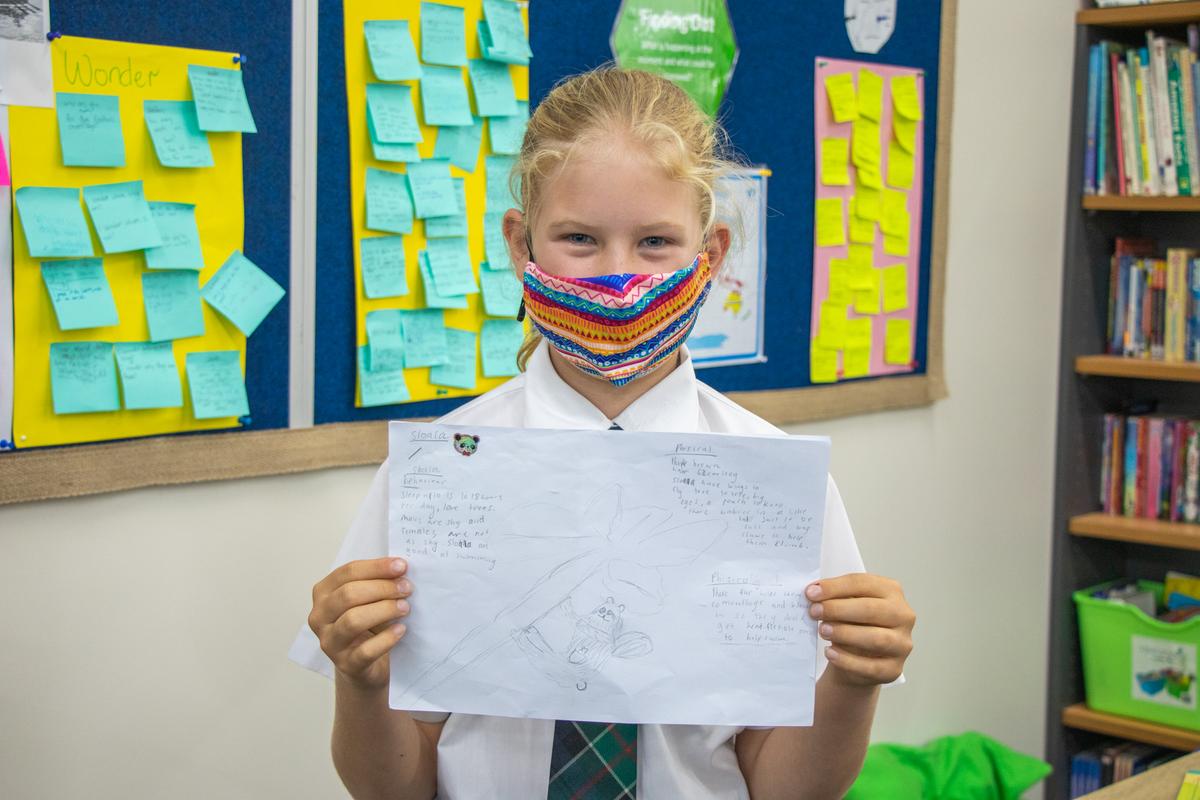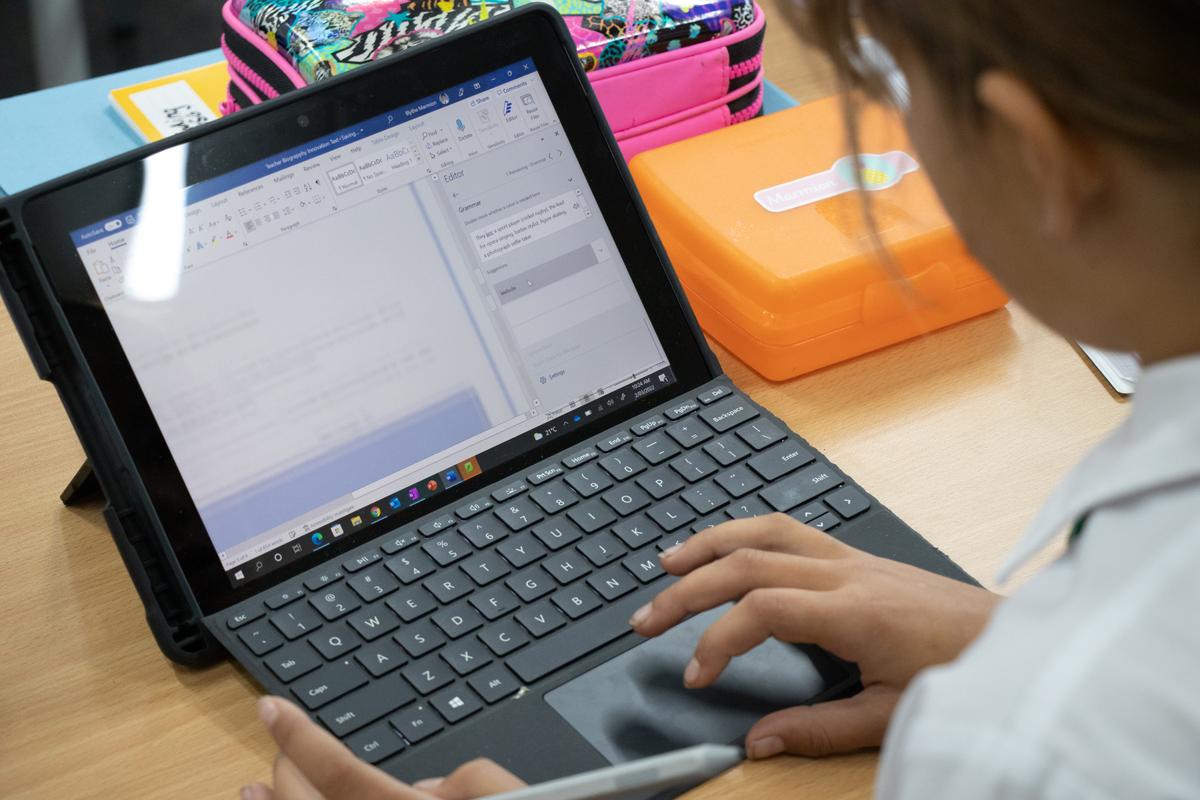Junior School

From the Head of Junior School
Half-way through the term already, and a lovely long weekend ahead to help gear us up for next phase!
Congratulations to our Years Three to Six students for your smooth transition into wearing masks at school this week. You’ve embraced the additional uniform item with style and flair. Resilience is often spoken about with a tone of toughness or ‘weathering the storm’, however, the manner in which our Year Threes to Sixes have embraced the mask wearing this week demonstrates a different perspective on resilience that is something to take pride in. Students have taken the opportunity to view this mask wearing requirement in a creative, uplifting and empowering manner which I think demonstrates an innovative form of resilience. That might even become a new phrase – ‘Innovative Resilience’. It definitely captures our creative and resourceful spirit at GSG in how we approach changes and challenges; qualities and skills that prepare our young people well for the future. Tremendous work Years Three to Six, and to our youngest students in the ECC also who have gone about their days this week with the same level of spark and joy that they bring to every occasion.
Our gallery of masks was quite a showcase, well done. Thank you Mrs Ranger for gifting me a wonderful lanyard to keep my mask in place, Dr Seuss inspired, I shall wear it proudly ‘with banner flip flapping’.
Mask wearing is part of the latest guidance we have to support us in staying safe and healthy, and it seems likely that, at some point, some of our students will experience home learning in the coming weeks and months ahead. In preparation for this, I encourage all families to read through the Junior School Online Learning Parent and Student Guide that is Linked Here but also stored in our document folders on MyGSG in the Junior School section. This document provides guidance around:
- Preparing a space for learning at home
- Daily and weekly schedules
- Learning and video session guidance
- IT technical support avenues
- Wellbeing guidance
- Key points of contact and resources
- Frequently asked questions
The Junior School Online Learning Guide is designed to provide clarity around online learning from home whilst maintaining social connections and general wellbeing. This will help students transition back to school more easily on their return.
This week I would like to highlight a unit of inquiry from Year Five.
For their inquiry, Year Five have been exploring the central idea of ‘Adaptations must be made to live in a variety of geographical locations and environments’. The core subjects driving this inquiry draw on their learnings from Geography and History within the Humanities curriculum together with Science as they research the biological sciences of different regions. Other subject areas like English, Mathematics and Technologies will be interwoven into the inquiry as students prepare towards a culminating task. The students will present a bio-diorama depicting a Northern or Southern hemisphere region incorporating the natural flora and fauna of that area with notations of the specific adaptations required to thrive in that area. It is an exciting inquiry filled with interesting environmental facts, engaging practical skills designed to action their learning for an audience through a physical display (diorama) and presentation (written and oral).
* Note the below (and header) images were taken on Wednesday 2 March, before the mask mandate for school aged children between Years Three to Six was introduced.
Whilst their culminating presentation is still a few weeks away, students are thoroughly enjoying the research and experimentation of considering what adaptations are required to live in particular habitats. When speaking with some Year Five students during the week, they shared the learning they were constructing with a partner to design a fictitious animal for the Amazon rainforest region and explain the physical, behavioural and physiological adaptations their animal has in order to live there successfully.
Some of the adaption features included:
Physical – claws, talons for gripping prey and climbing trees.
Behavioural – nocturnal, slow moving to conserve energy for hunting.
Physiological – warm blooded, storage of fat deposits around the stomach for energy during sustained periods without food.
I look forward to sharing in a few weeks their culminating mini-exhibition with their families via a pre-recorded presentation and with our community more broadly through this Anchor publication.
Next week we will be profiling our Year Two inquiry.
With warmest regards,
Mr Ken Raven | Head of Junior School

